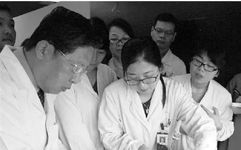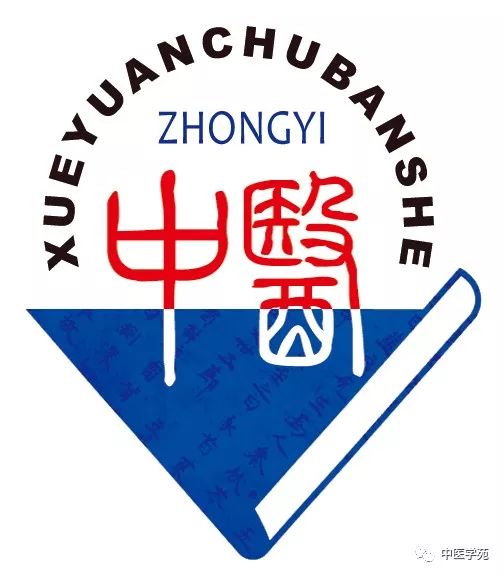
Chinese Medicine Academy
xyzych1988

This article is selected from the internet. For more details, click the “Read the Original” at the bottom left of the article.
Eclectic School of Abdominal Diagnosis
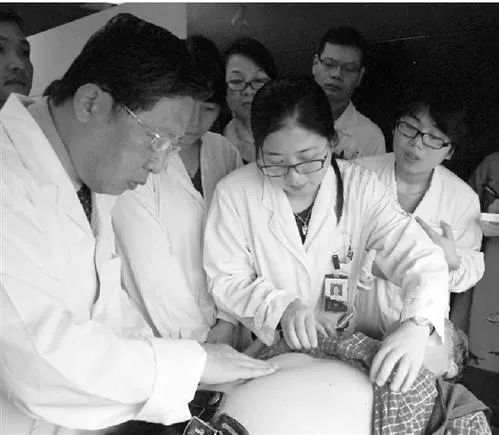
Abdominal diagnosis refers to the palpation of the abdomen, which is part of the four diagnostic methods: inspection, auscultation, inquiry, and palpation. Abdominal diagnosis provides us with diagnostic information that is only one of the four examinations, but it can play a unique role in specific situations. It determines the condition and selects the formula based on the observation of the abdominal wall’s tension and mechanical defense response to assess deficiency or excess.
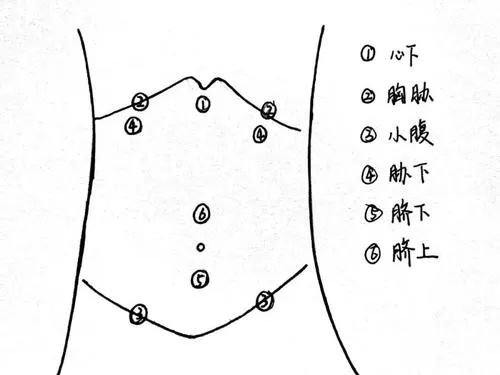
The abdominal diagnosis introduced today originates from the ancient formula school of Japanese Han medicine. The origins of abdominal diagnosis can be traced back to the Neijing (Inner Canon), Nanjing (Classic of Difficulties), and Shanghan Zabing Lun (Treatise on Cold Damage and Miscellaneous Diseases), known as the Neijing school and Shanghan school, as well as the later eclectic school. Han medicine practitioners developed the theory of abdominal diagnosis during the Edo period through their understanding of abdominal symptoms in the classics and clinical practice, which continues to this day. Nowadays, clinical practitioners of Han medicine regard abdominal diagnosis as the most commonly used diagnostic method, with its importance even surpassing that of pulse diagnosis, and it is also a therapeutic method. Otsuka Keisetsu categorizes abdominal diagnosis into the Nanjing school, Shanghan school, and eclectic school. Currently, the method of abdominal diagnosis used by the ancient formula school of Han medicine is primarily based on the Shanghan school. The theoretical basis for abdominal diagnosis is richly described in the Neijing and Nanjing, which will not be introduced here. Among them, the concept of the “尺” (chi) is interpreted by the ancient formula school of Han medicine as referring to the abdomen. For example, in the Suwen (Plain Questions) chapter on the discussion of the rise and fall of formulas, it states, “Pressing the pulse to observe its movement and stillness, following the chi’s smoothness and roughness” means obtaining diagnostic information by following the smoothness and roughness of the abdomen; in the Ling Shu (Spiritual Pivot) chapter on disease diagnosis, it states, “Examine the chi’s relaxation and tension, small and large, smooth and rough, and the firmness and tenderness of the flesh, and the disease pattern will be determined,” where “chi” also refers to the abdomen.
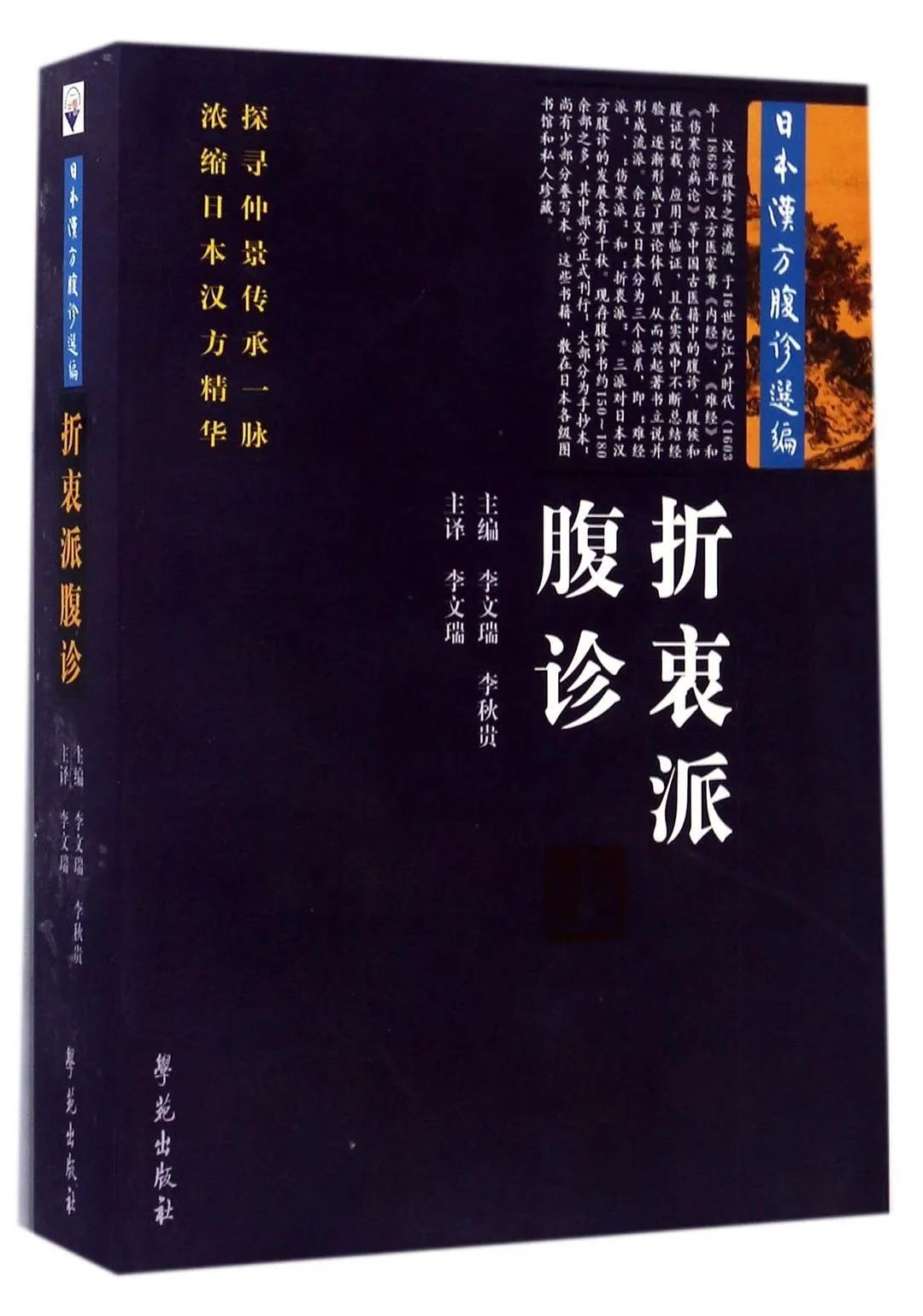
Content Summary
“Selected Works of Japanese Han Medicine Abdominal Diagnosis” is compiled based on over 100 books on Han medicine abdominal diagnosis that have been collected, selecting those with practical value from the three major representative schools that have significant influence in the Japanese Han medicine community. The selected abdominal diagnosis books amount to over 60, with a total word count exceeding 1.5 million. The series is named after the abdominal diagnosis schools of the Edo period, namely the “Nanjing School of Abdominal Diagnosis,” “Shanghan School of Abdominal Diagnosis,” and “Eclectic School of Abdominal Diagnosis,” published as the “Selected Works of Japanese Han Medicine Abdominal Diagnosis” series.
The “Shanghan School of Abdominal Diagnosis” and “Nanjing School of Abdominal Diagnosis” were officially published in 2010 and 2013, respectively, and now the “Eclectic School of Abdominal Diagnosis” is being published. This book includes selections from 14 eclectic school abdominal diagnosis books, including Secret Records of Various Formulas (Inner Title: Hundred Abdominal Diagrams), Medical Classics, Transmission of Abdominal Diagnosis by Asai Nanmei, Abdominal Diagnosis Brief, Abdominal Diagnosis Discrimination, Methods of Abdominal Diagnosis (Preliminary), Abdominal Diagnosis Verses, Lectures on Abdominal Diagnosis, Secret Records of Abdominal Diagnosis, Yuanting Abdominal Diagnosis, Transmission of Abdominal Diagnosis by Mitsukoshi, Ancient Medical Transmission: Abdominal Symptoms Discrimination, Miscellaneous Medical Sayings, and Dongguo Diagnostic Method.
The purpose of compiling the “Selected Works of Japanese Han Medicine Abdominal Diagnosis” series is to introduce the “flower” of abdominal diagnosis from ancient Chinese medical classics, which has “borne fruit” in the theoretical system and clinical practice of Han medicine in Japan, to the domestic TCM community, to learn from each other and apply it for our use, aiming to improve the theory of abdominal diagnosis in clinical practice and enhance diagnostic levels to better serve disease treatment.
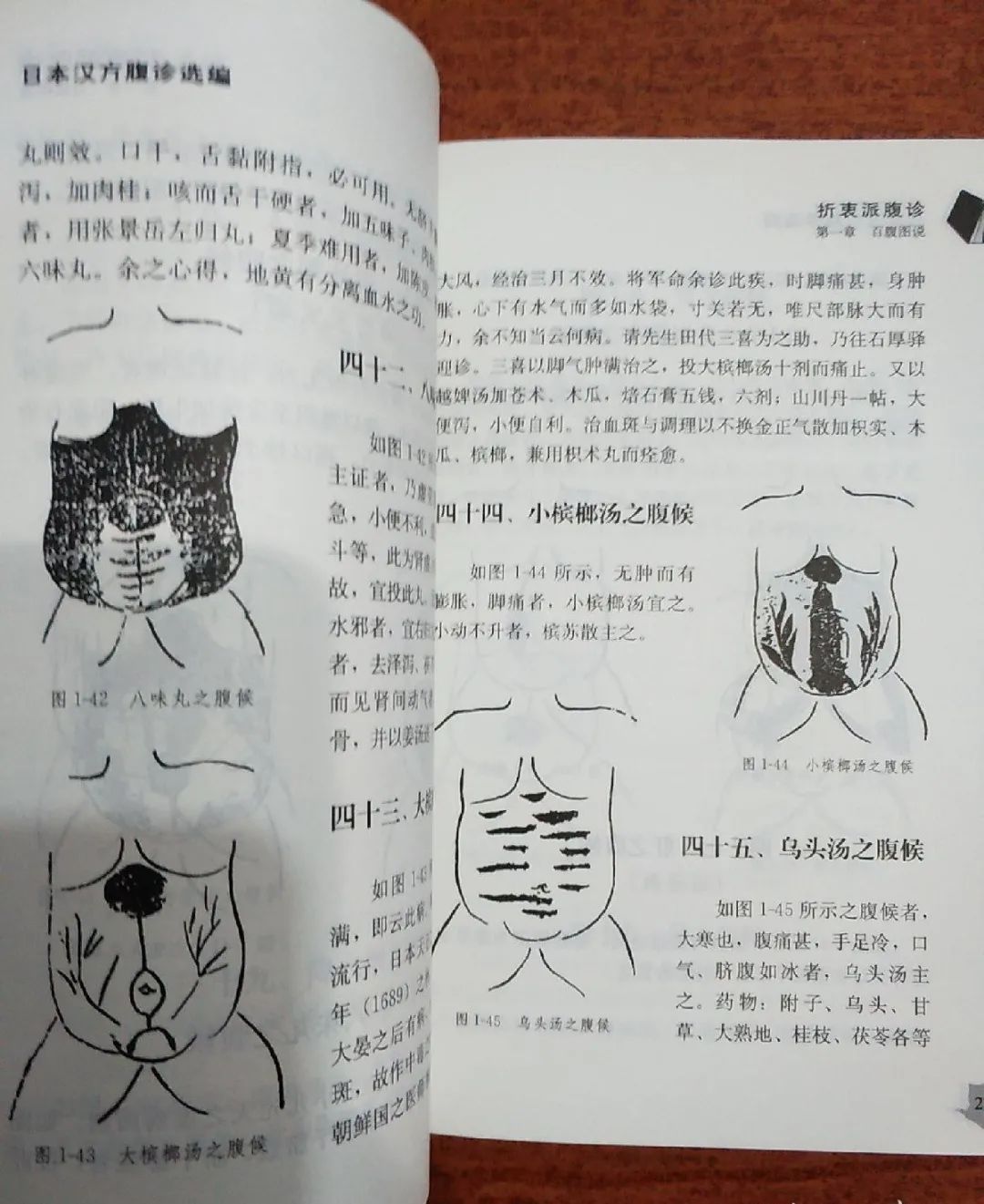
Table of Contents
General Table of Contents
Preface (ⅰ)
Introduction (ⅲ)
About the Main Translator (ⅶ)
Compilation Notes (ⅸ)
Introduction (1-107)
Contents (1-16)
Main Text (1-403)
Hundred Abdominal Diagrams (Inner Title: Secret Records of Various Formulas) (1)Chapter 1: Transmission of Abdominal Diagnosis by Asai Nanmei (57)Chapter 2: Medical Classics (133)Chapter 3: Abdominal Diagnosis Brief (147)Chapter 4: Abdominal Diagnosis Discrimination (161)Chapter 5: Methods of Abdominal Diagnosis (Preliminary) (201)Chapter 6: Abdominal Diagnosis Verses (221)Chapter 7: Lectures on Abdominal Diagnosis (267)Chapter 8: Secret Records of Abdominal Diagnosis (305)Chapter 9: Yuanting Abdominal Diagnosis (319)Chapter 10: Transmission of Abdominal Diagnosis by Mitsukoshi (347)Chapter 11: Ancient Medical Transmission: Abdominal Symptoms Discrimination (357)Chapter 12: Miscellaneous Medical Sayings: Abdominal Symptoms (369)Chapter 13: Dongguo Diagnostic Method (379)Chapter 14: Appendix (405)Excerpts from Discussion of Various Disease Sources: Abdominal Symptoms (406)Discussion of Common Cold and Abdominal Diagnosis (529)Review (548)Index of Abdominal Diagnosis, Abdominal Symptoms, and Abdominal Signs (565)
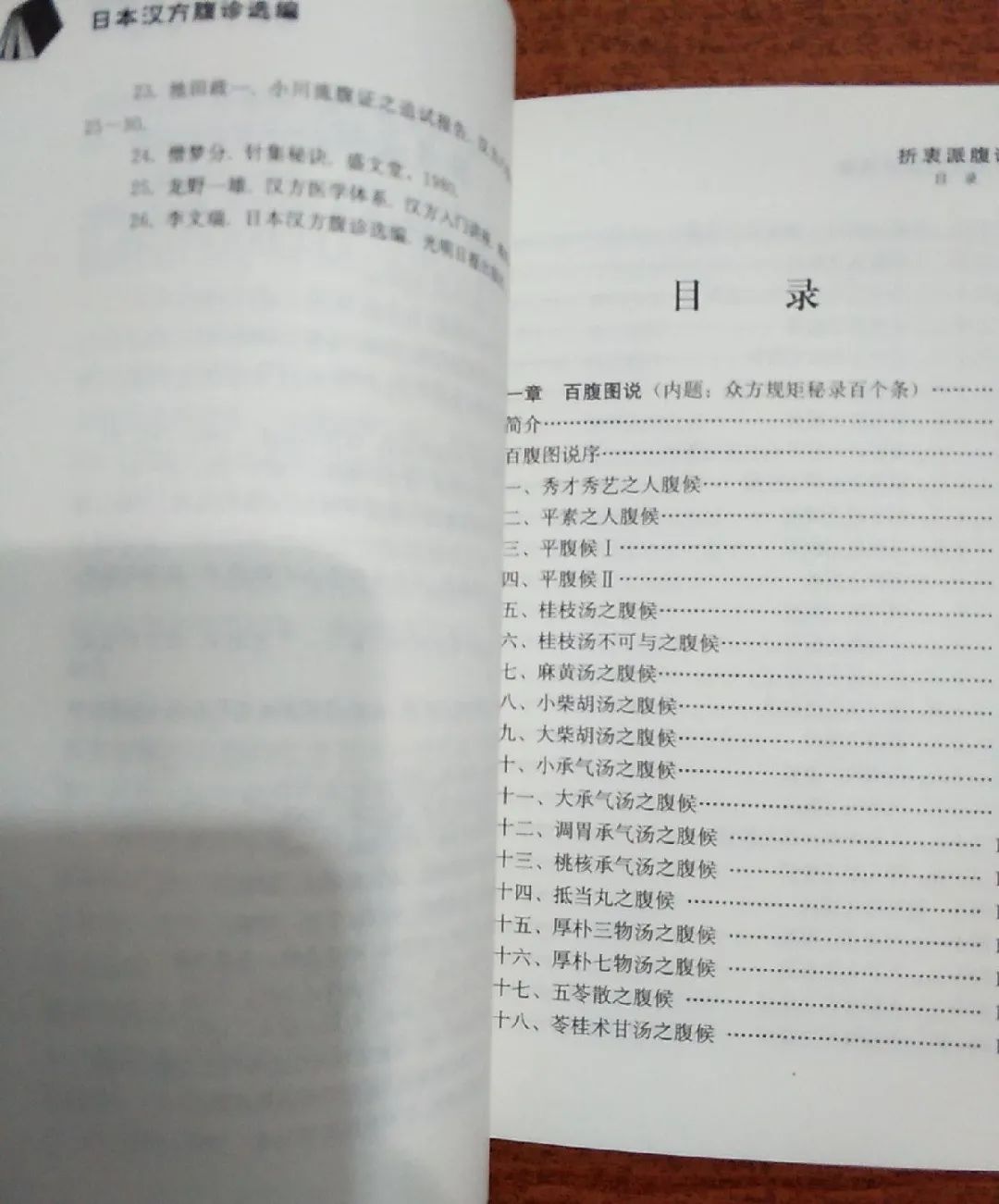
Record
Hundred Abdominal Diagrams (Inner Title: Secret Records of Various Formulas) (1)Chapter 1: Introduction (2)Hundred Abdominal Diagrams Preface (3)1. Abdominal Symptoms of Scholars (4)2. Abdominal Symptoms of Ordinary People (4)3. Flat Abdominal Symptoms I (5)4. Flat Abdominal Symptoms II (5)5. Abdominal Symptoms of Guizhi Decoction (6)6. Abdominal Symptoms Not Applicable to Guizhi Decoction (6)7. Abdominal Symptoms of Mahuang Decoction (7)8. Abdominal Symptoms of Xiao Chaihu Decoction (7)9. Abdominal Symptoms of Da Chaihu Decoction (8)10. Abdominal Symptoms of Xiao Chengqi Decoction (9)11. Abdominal Symptoms of Da Chengqi Decoction (9)12. Abdominal Symptoms of Tiaowei Chengqi Decoction (10)13. Abdominal Symptoms of Taohua Chengqi Decoction (11)14. Abdominal Symptoms of Diding Pill (11)15. Abdominal Symptoms of Houpo Sanwu Decoction (11)16. Abdominal Symptoms of Houpo Qiwu Decoction (12)17. Abdominal Symptoms of Wuling San (12)18. Abdominal Symptoms of Linggui Zhugan Decoction (13)19. Abdominal Symptoms of Da Xianxiong Decoction and Xiao Qinglong Decoction (13)20. Abdominal Symptoms of Xiao Xianxiong Decoction (14)21. Abdominal Symptoms of Baidu San and Dayuan Yin (14)22. Abdominal Symptoms of Yili Mu (15)23. Abdominal Symptoms of Huo Xiang Zhengqi San (16)24. Abdominal Symptoms of Bu Huan Jin Zhengqi San (16)
……
Chapter 40: Notes on Various Symptoms (475)Chapter 41: Notes on Poisoning Symptoms (478)Chapter 42: Notes on Blood Disorders (482)Chapter 43: Notes on Throat and Chest Disorders (482)Chapter 44: Notes on Limb Disorders (483)Chapter 45: Notes on Goiter and Other Disorders (484)Chapter 46: Notes on Erysipelas (484)Chapter 47: Notes on Tumors (485)Chapter 48: Notes on Ding Chuang (487)Chapter 49: Notes on Abscesses (488)Chapter 50: Notes on Fistula Disorders (491)Chapter 51: Notes on Wound Disorders (494)Chapter 52: Notes on Miscellaneous Poisoning Disorders (497)Chapter 53: Notes on Jin Chuang Disorders (497)Chapter 54: Notes on Wrist Injuries (499)Chapter 55: Notes on Women’s Miscellaneous Disorders (500)Chapter 56: Notes on Women’s Pregnancy Disorders (509)Chapter 57: Notes on Women’s Postpartum Disorders (512)Chapter 58: Notes on Children’s Miscellaneous Disorders (516)Discussion of Common Cold and Abdominal Diagnosis (529)1. Versions of Common Cold (529)2. Figures Related to Common Cold (531)3. Analysis (535)4. Doubts Regarding Yu’s “Pressing the Chest and Abdomen” (536)Review (548)Index of Abdominal Diagnosis, Abdominal Symptoms, and Abdominal Signs (565)
Author Introduction:
Professor Li Wenrui, the main translator and reviewer, is proficient in Japanese. He has received Japanese language education from elementary school through university. In 1978, he was invited to visit Japan for the first time, staying in Tokyo for one month, engaging in extensive academic exchanges with the Japanese Han medicine and Western medicine communities. He also met with former Japanese teachers and old classmates, restoring teacher-student and old classmate relationships. Since then, from 1982 to the present, he has been invited to visit Japan multiple times each year for medical academic exchanges, sometimes participating in academic seminars and sometimes giving special lectures at large academic conferences, receiving warm welcome and high praise from the Japanese medical community, making him a notable figure in Sino-Japanese medical exchanges.
The compilation team members Zhang Genteng, Li Qiugui, Zhao Zhanrong, Wang Ling, Zhang Jun, Wu Zhutang, and others have all participated in formal training at the Beijing Hospital’s Oriental Japanese Language Training Center, dedicating one year to specializing in Japanese. Chief Physician Li Yi studied for one year at the Sapporo Medical University Hospital in Hokkaido, Japan; Chief Physician Wang Ling subsequently studied there for three years and obtained a Japanese medical doctorate; Chief Physician Li Qiugui taught Han medicine and treated diseases at the Osaka Blue Wild Hospital for one year; Chief Physician Zhang Genteng visited Tokyo for a short 15 days and participated in the 39th Annual Meeting of the Japanese Diabetes Society, presenting a paper on “Experience of TCM in Treating Diabetes.” Additionally, Chief Physicians Huang Fei, Fan Ting, Chang Jingshu, Shi Yang, and others undertook extensive scanning, copying, printing, organizing, and editing work.

Academy Book Club


Eclectic School of Abdominal Diagnosis

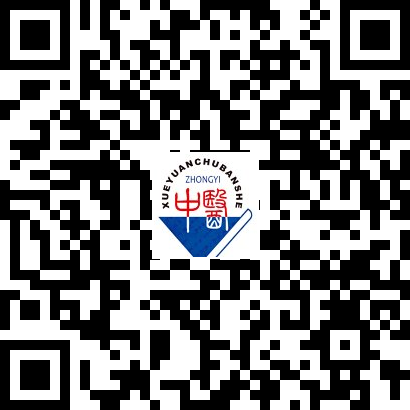
Click “Read the Original” at the end of the article or scan the QR code to see more
Chinese Medicine Academy Book Club

Long press to identify the QR code to join the Academy Book Club
Here you can find books, friends, TCM, and patients.

